

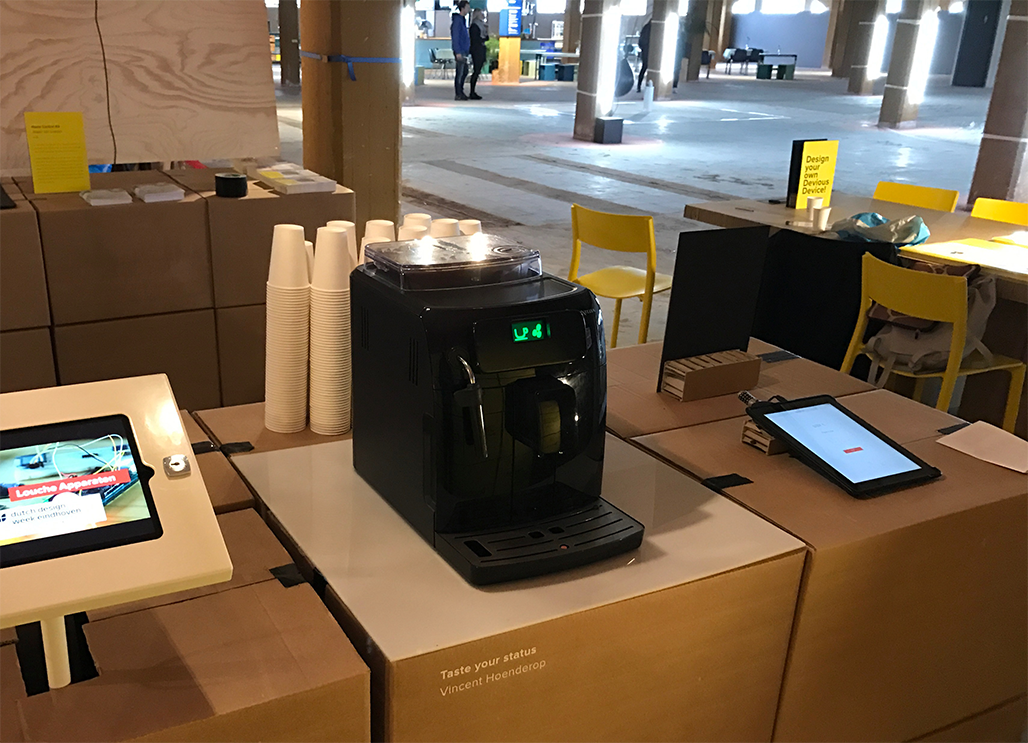
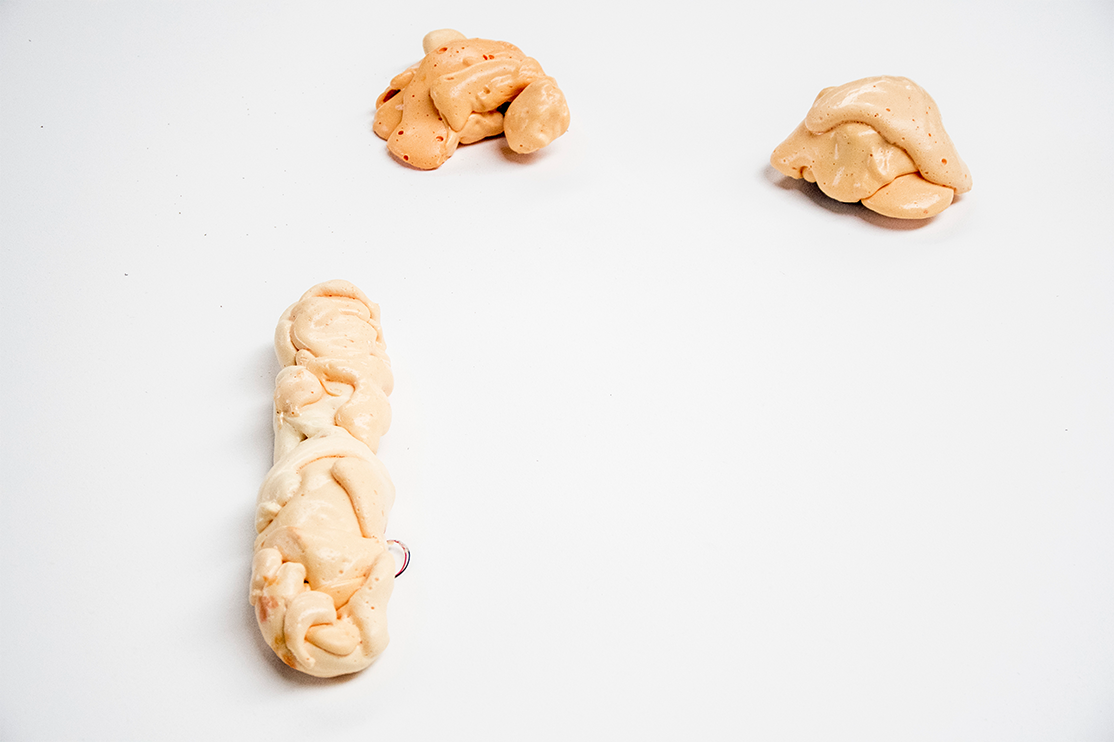
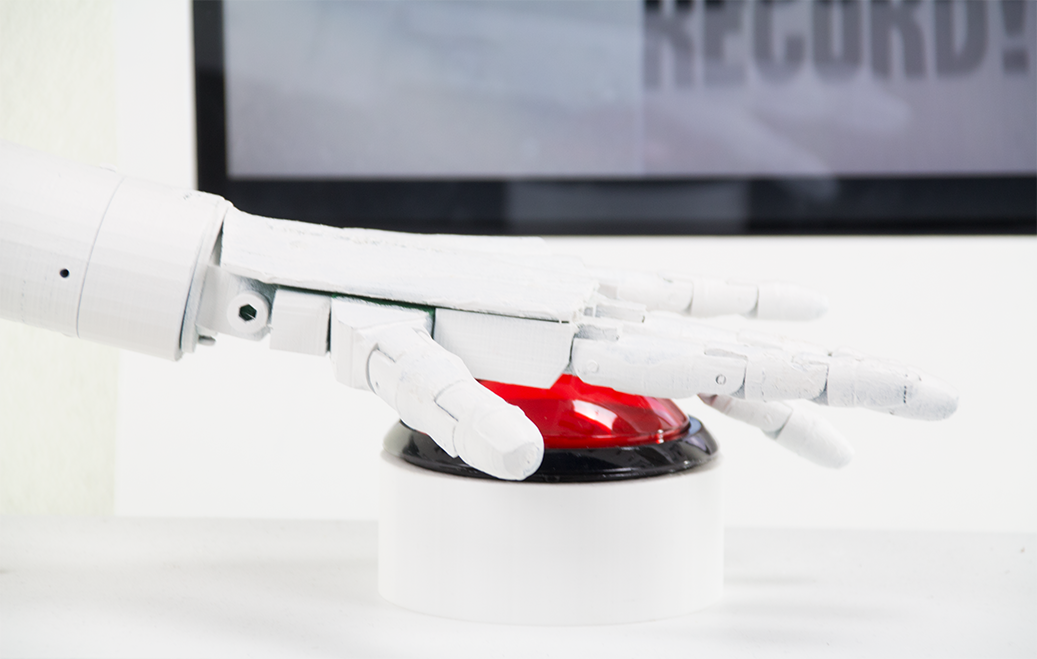
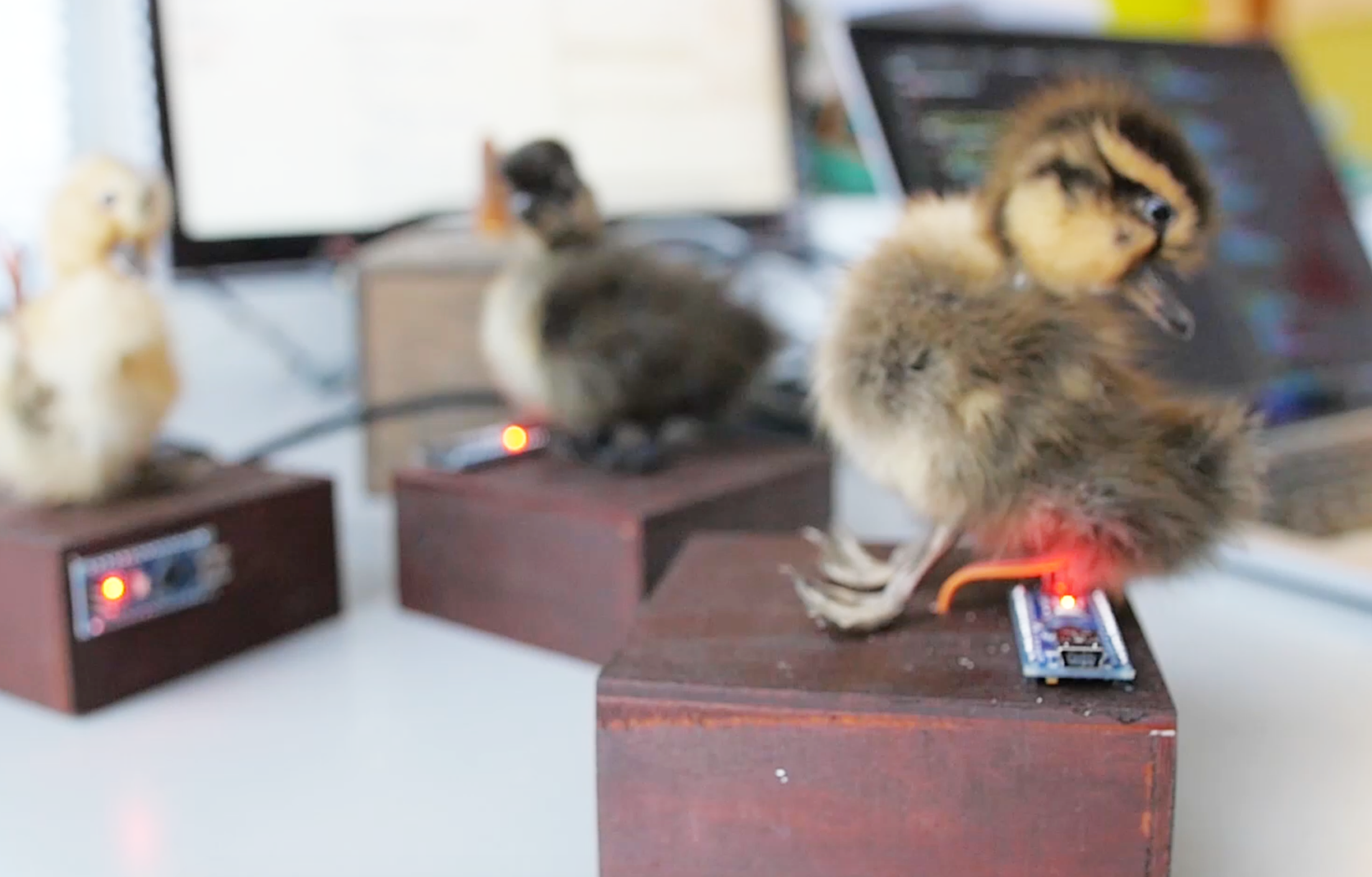
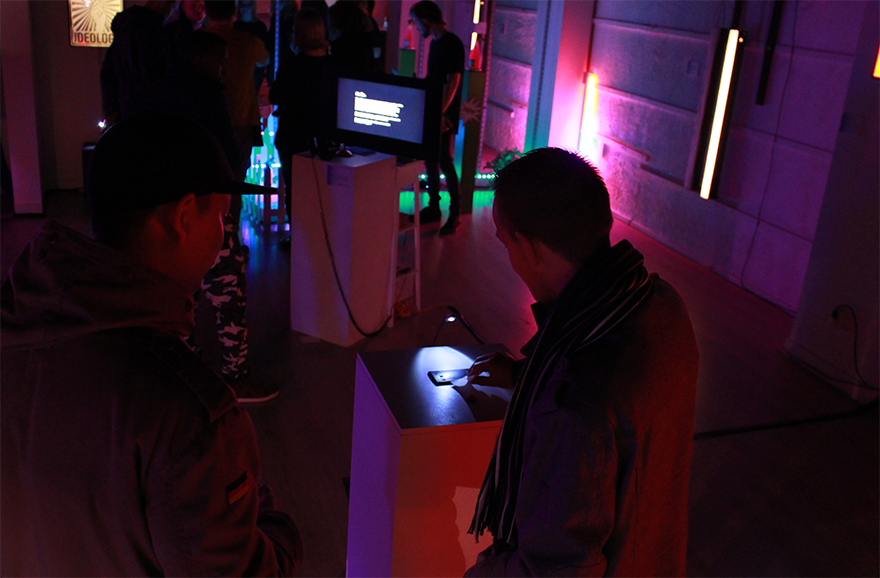
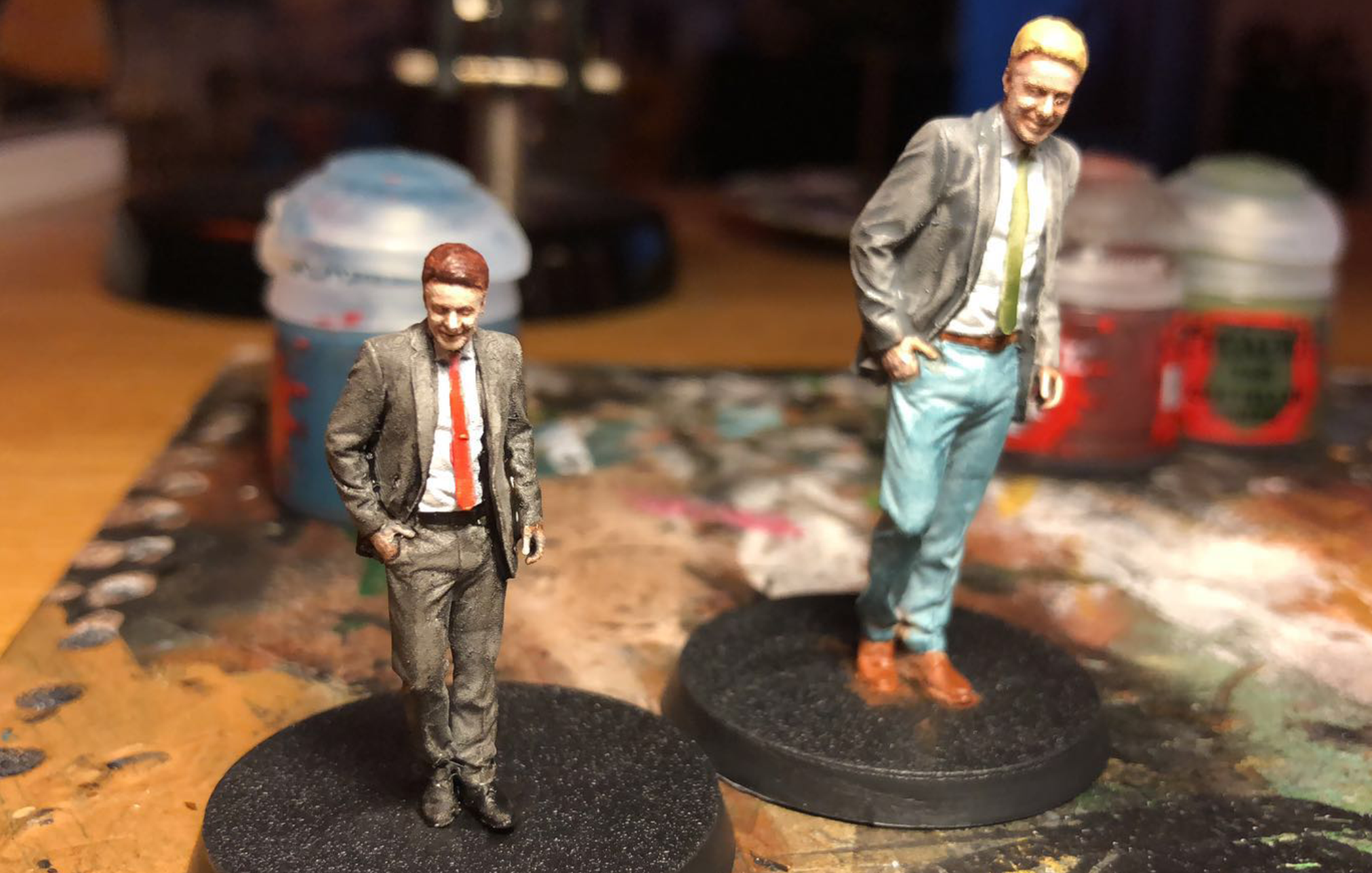
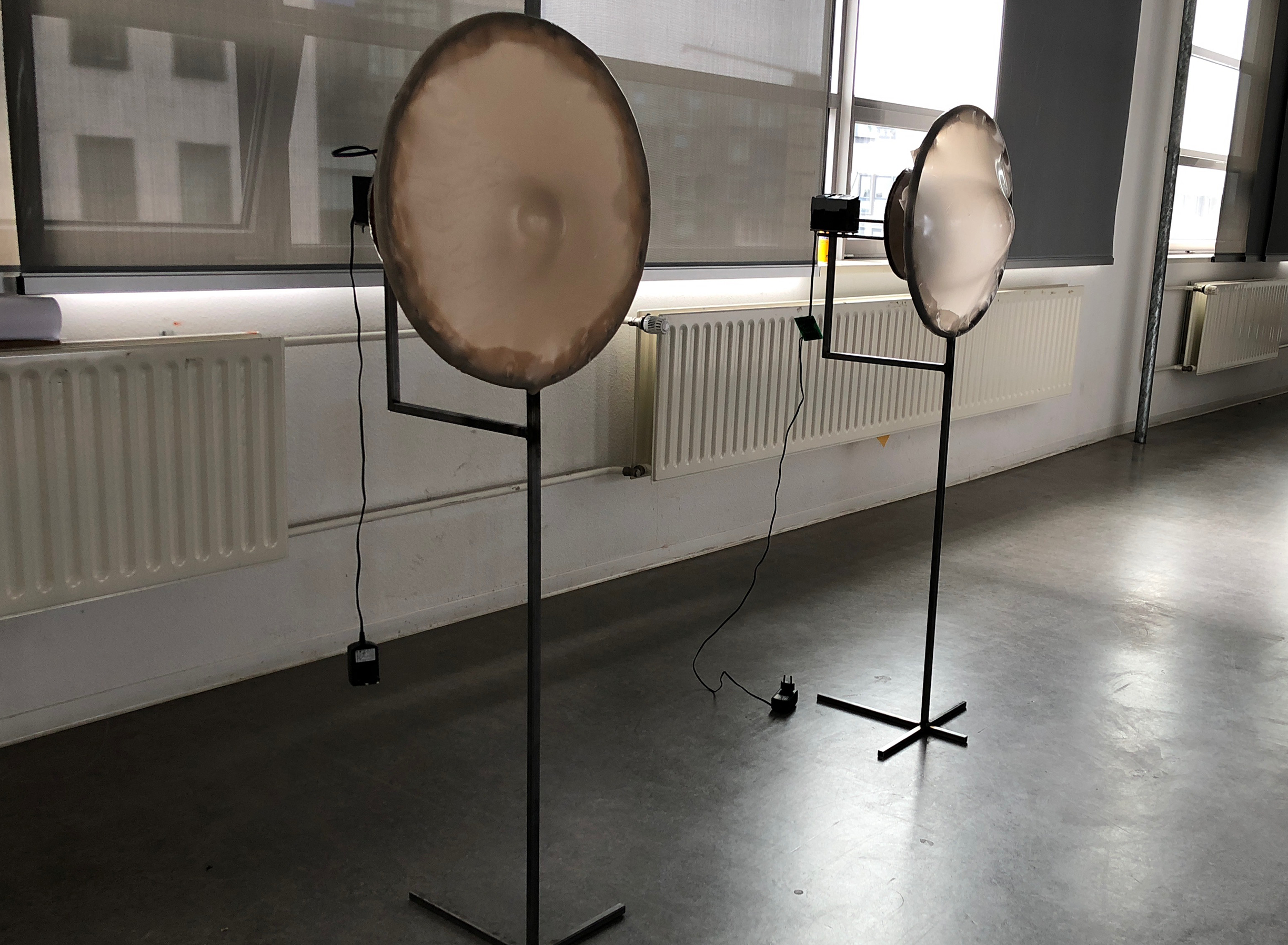








Information Design (MA)
- Media Design (BA)
- Summerschool
- HAVO (Nature & Science + Economics & IT)
ECP & deFusie
Visiting
- Technical Staff
- Freelance Designer / Creative Technologist
- Creative Coder
- Student Assistent
- Co-Founder / Software Development
- Freelance Apple Repair Specialist
ECP Jaarcongres - Fokker Terminal
Devious Devices - Dutch Design Week 2016
Interne Datastorm - Ministerie BKZ
MKB Future Proof - BNR Nieuwsradio
Building Blocks - Campus Party Utrecht
Terms & Collision - Hoog Caterijne Utrecht
Cinedans - EYE Amsterdam
Indie Game Concert - Paard van Troje
(residentie orkest)
Wisselwerking - Academy Gallery
vhoenderop@gmail.com
+31642410322
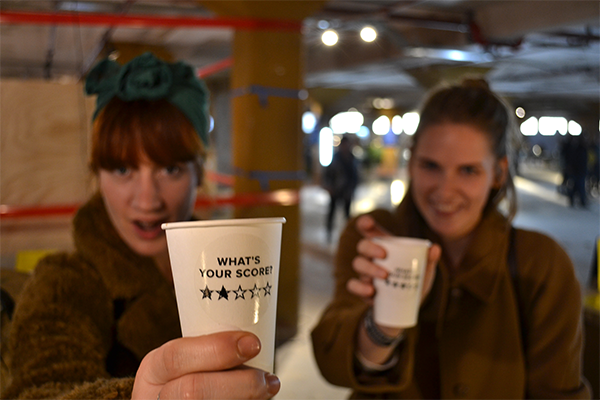
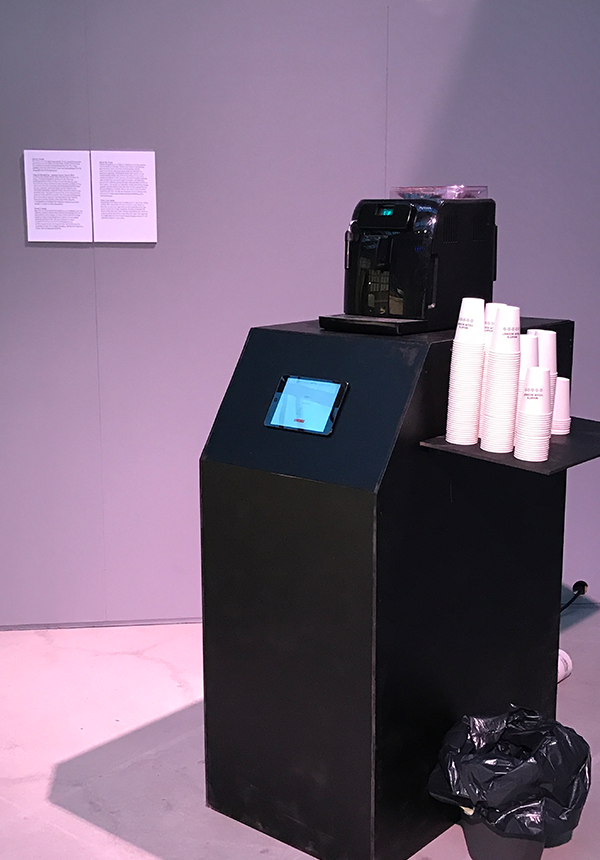
Increasingly our daily lives are influenced by Big Data and the profiles that companies and governments create and keep about us. Insurance companies for instance use personal data such as your zip code to predict if a consumer is a risky customer which than could have an impact on the insurance costs. In order to explore the future of these kind of practices and make it explicit to the consumer a special coffee machine is designed. This coffee machine brews a cup only after a zip code is entered. If it identifies that the consumer lives in a low-status neighborhood, it will add more water to the coffee. If the zip code of an bad neighborhood is entered it adds more water for a bad cup of coffee. The machine uses real data from the CBS, the Central Bureau of Statistics in the Netherlands. It assesses a couple of items such as average income, education, criminality and status. The quality of your coffee shows how big data is affecting your life in a direct way.
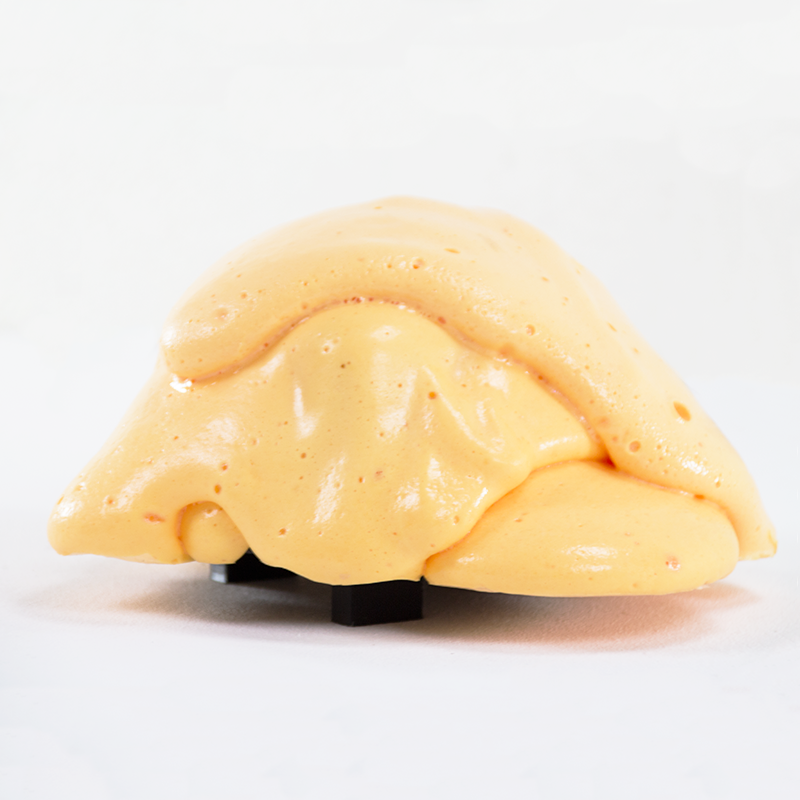
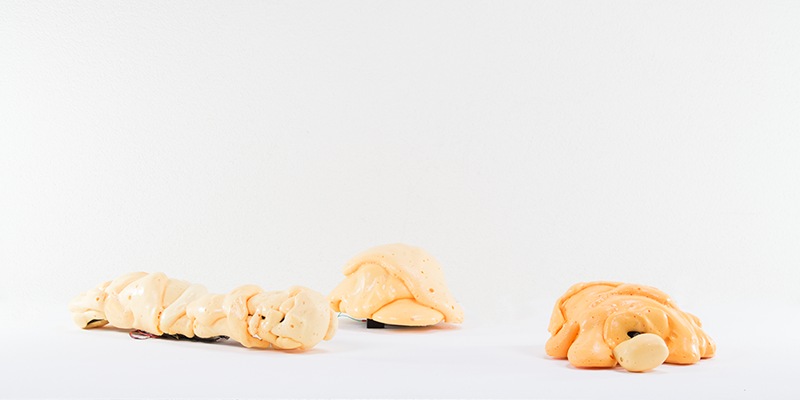
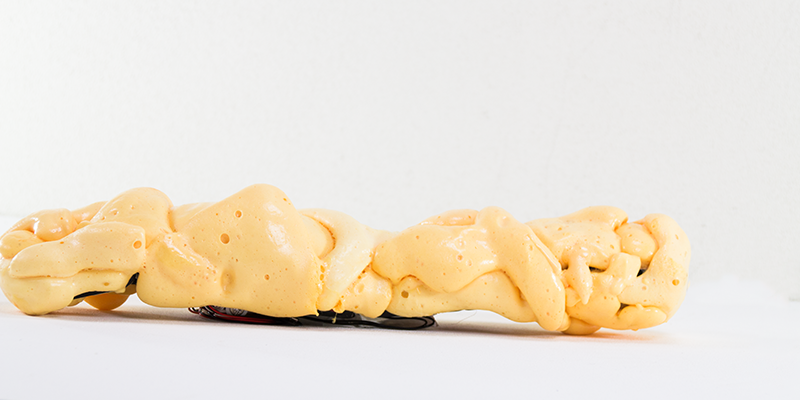
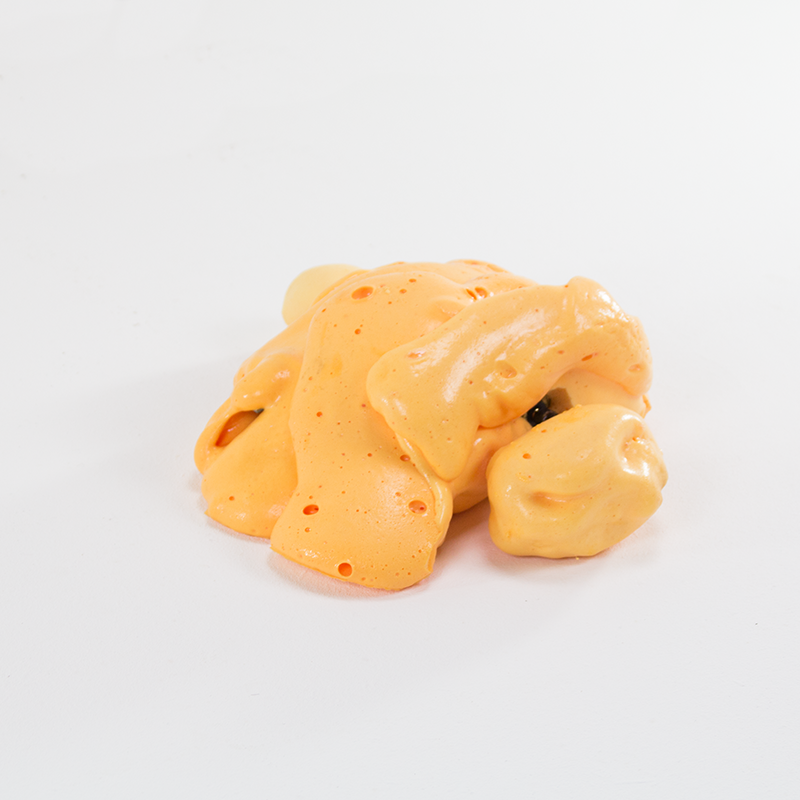
Technology is the basis of our existence and therefore we can’t see humans and technology as separate issues. However, its feels more artificial than ever before. Technology becomes more autonomous and the borders between object and human will fade over time. Significant numbers of philosophers are describing a dystopia or an utopia, where others don’t even dare to predict the future. But people are not really capable of making a proper decision without fully understanding the technology. Now technology has such an impact on society and some changes are not reversible. There is urge to have a critical and inquiring attitude. We need to realize that we are living in a big experiment where we constantly need to define our role as a human being and the role technology has in our society. Designers should take their responsibility to shape this technology with a critical attitude towards forms and shapes as well as functionality and tactile senses.

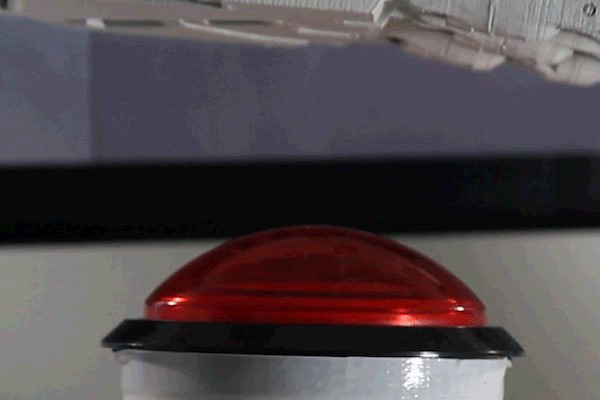
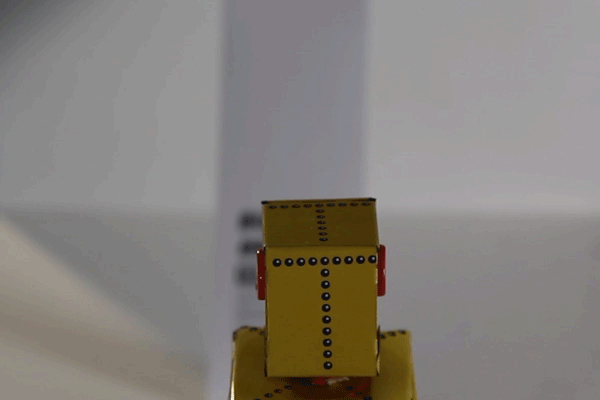
Baudrillard’s simulacrum theory is a representation or imitation of a person or a thing. In his theory Baudrillard presumes that human beings have lost their contact with the real world cause of their own definitions and interpretations founded on the wrong sources. As well as a deceptive image we created with our own misleading tales. According to Baudrillard our future is only determined by media and those who live by the grace of only (re) inventing the news. This phenomena is amplified by the internet. The simulacrum installation presents a sceptic view of this matter.
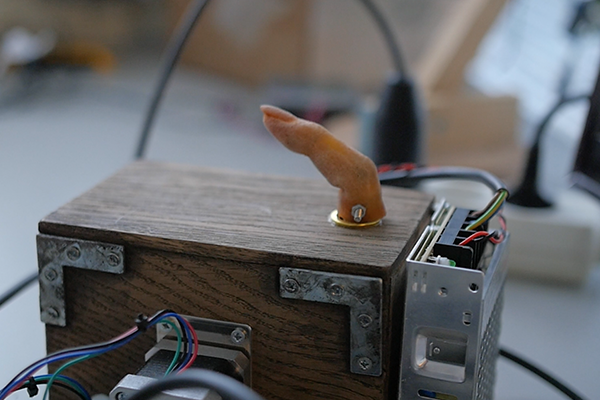
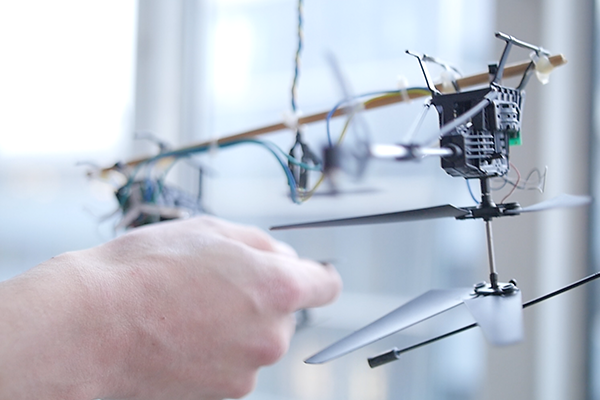

Can we learn from robots about love?
Among robots we do not only include the humanoid robots where the largest gains are made in terms of popularity (the first baby robot is already born). The development of artificial intelligence (AI), and the continuation thereof in synthetic intelligence (SI) is the reason for this research. Well-known examples are self-driving cars, game computers that beat world champions, machines recognizing faces and robots that make medical diagnoses or even predict crimes. At technological universities in Delft and Eindhoven interdisciplinary teams develop robotic swarms which not only share intelligence as a swarm but agency as well. Quantum computing is the next step. In this way a human friendly environment can come into existence, responding directly to human needs. Which does not stop the process of self-domestication pursued by the military- entertainment complex as self-sustaining predatory continuum. The question is not whether robots will learn and possess genuine intelligence, but how this will be effectuated and what they will be learning based on what we are prepared to share. Do we decide to only provide measurable data based on our self-diagnosis of a person as a rational creature. Or do we want the intelligent robots around us to become acquainted with other human qualities such as intuition and empathy as well? To what extent does Western culture, assuming a clear separation between a decisive subject and lifeless object, allow or inhibit such transition? The question young people ask is in that sense relevant: are we becoming masters or pets of robots in a not so far away future? Robot Love explores the potential of new AI developments: the opportunities and threats. With an added third route: what if man decides to open the scope for robots with a wider range of experiences? As a result new kinds of relationships with them could be developed? Could for instance robots than teach us what love is? Barbara Fredrickson introduced in her article Love 2.0 a biological definition of love including a much wider interpretation than what is usually given when describing love. Our brain, the hormone oxytocin and the vagus nerve are the primary players in what neuroscientists call life’s biology or the social engagement system. Also Tor Nørretranders, author of The User Illusion, stressed: “We should be very aware of what we actually have in our hearts and brains, all of which is so much richer than what we have in our minds.” Especially in the context of upcoming synthetic intelligence to the level that one can speak of new life, it is key to recognize the importance of human skills as intuition and empathy. This can be learned by maximizing your horizon, whether you are human or machine. According to Nørretranders the competition in the near future will be about who gets to develop the best playgrounds for robots instead of the best algorithmic programs: “They will have to be not tame, but wild, acting from their own will”.
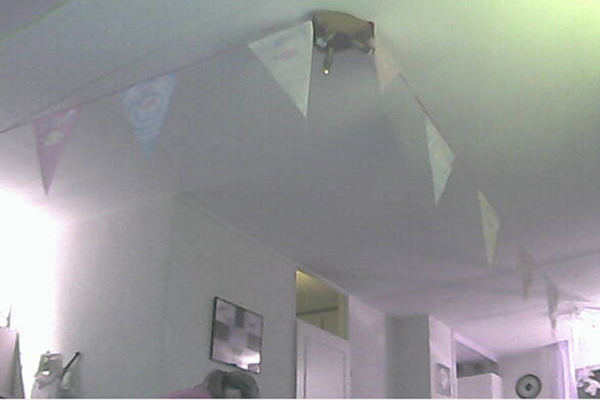
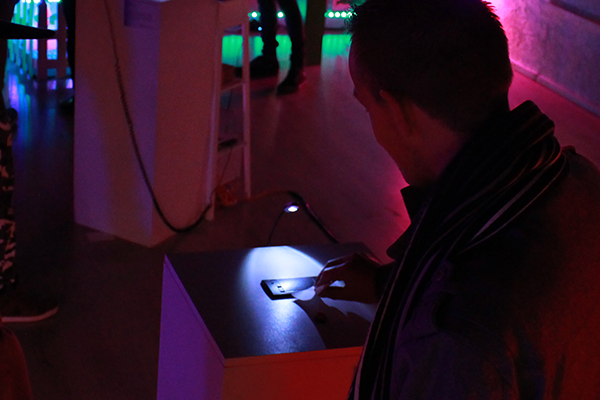
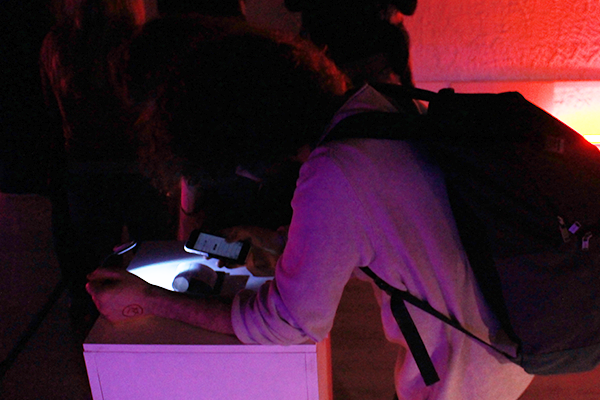
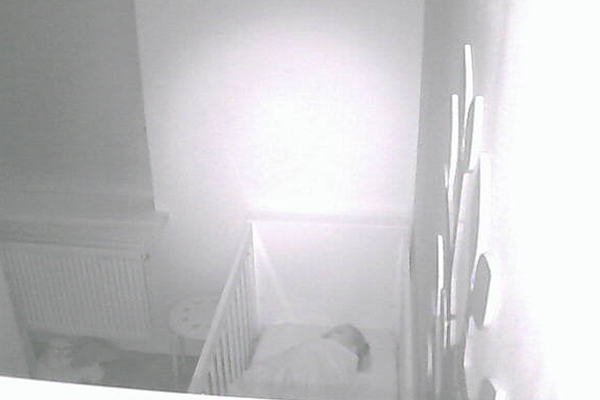
Nowadays home security is something a lot of people prefer to have in order to feel ’safe’ in their own homes. We feel the need to be protected and being able to check everything that is happening inside our homes, even if we’re not there. Unfortunately, people thereby forget to protect their own security cameras with a password or an encryption. However, this will lead to an increase not a reduction of your privacy and protection. Are they at home is an art installation that searches on the internet for unprotected IP cameras at people homes. If it finds such a camera it will print a receipt to supply the IP address of this unprotected camera. This gives you the opportunity to view this persons private home. Do you watch or pass?

The municipality of Utrecht created a new way of working and it was required to communicate this to their employees. Instead of handing out a thick stack of paper the management wanted to explain their new way of working also in an original presentation. Together with the municipality of Utrecht it was decided that 360 virtual tour would suit best for this complicated explanation. The overall presentation represents the connections between partners where the videos will zoom in to the details of the community itself.
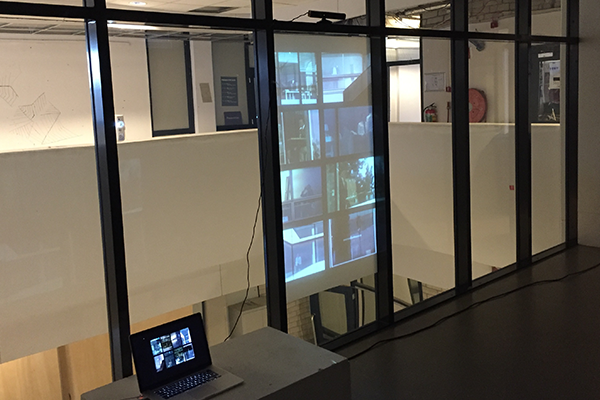
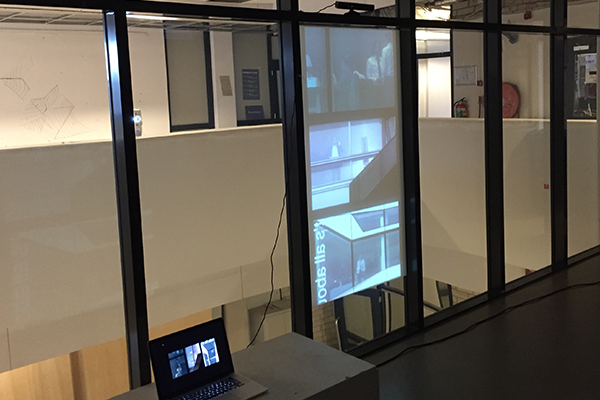
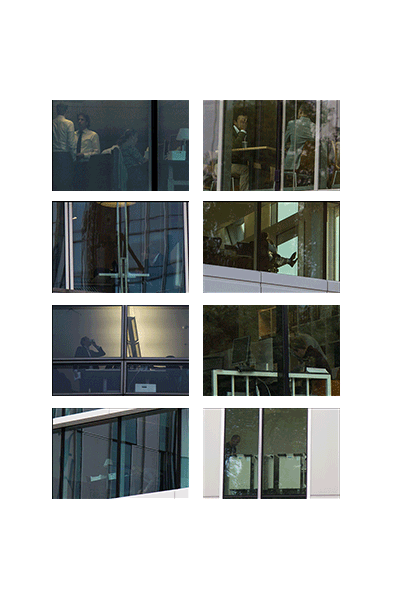
The global financial crisis had a lot of damaging results on the economy. Oppose this matter, a lot of financial directors are still employing the same way as they had before. Inspired by the book of Joris Luyendijk and in collaboration with photographer Milan Rijnders, this art installation has come into existence. Rijnders started off with some voyeuristic pictures of these intangible high status chiefs. Therefore, we decided the context in which these pictures are represented should be as elusive as these chiefs and intangible men.
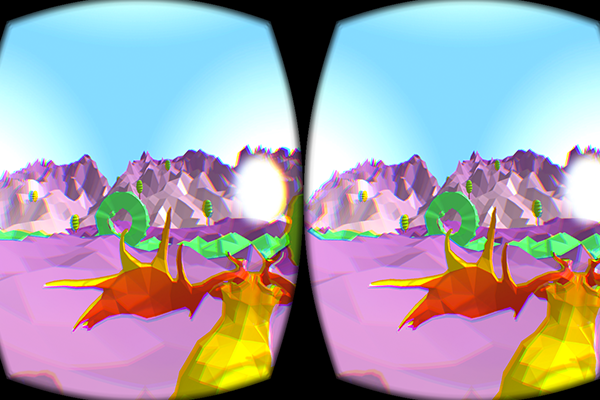
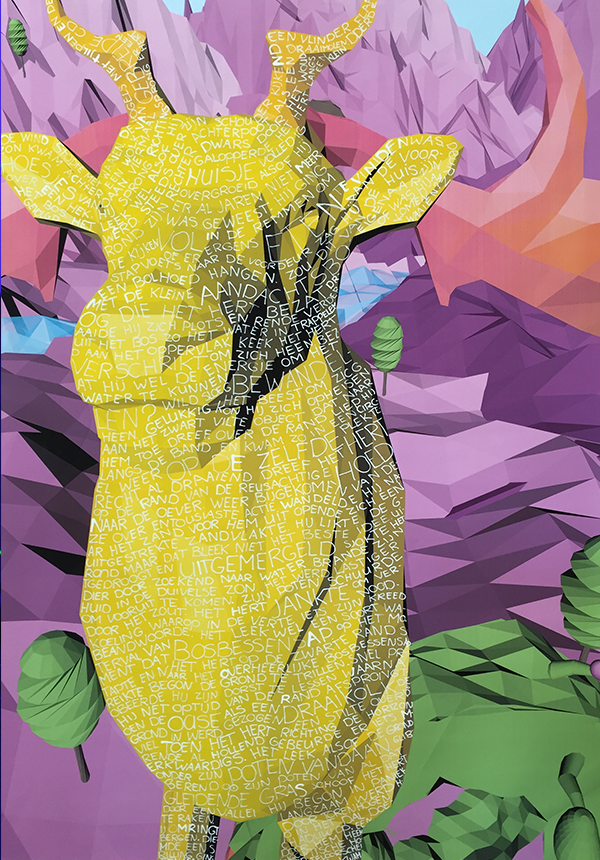
Telling stories is a visualization of a self created story assembled together with another student. This story is exhibit in a virtual tour where the deer walks you through the story. This exhibition became the experiment which later on resulted in a graphic poster.
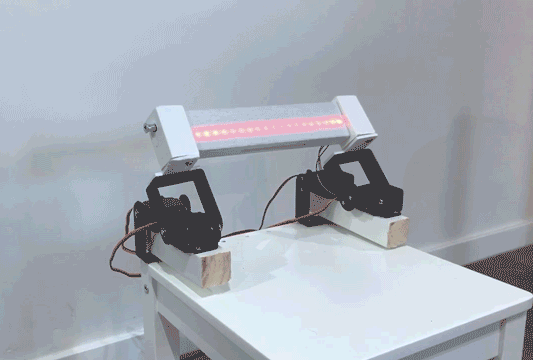
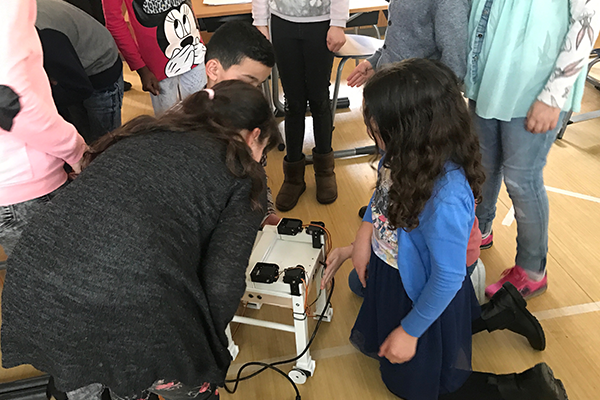
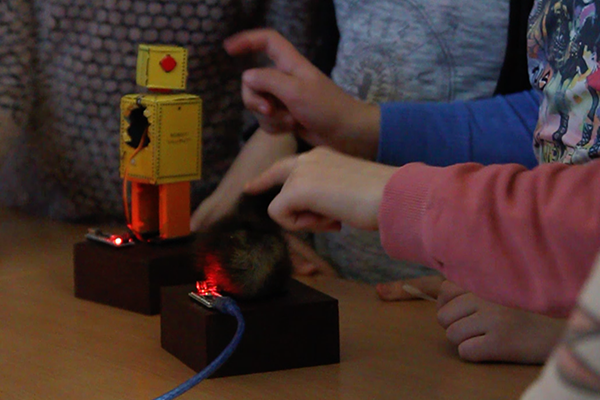
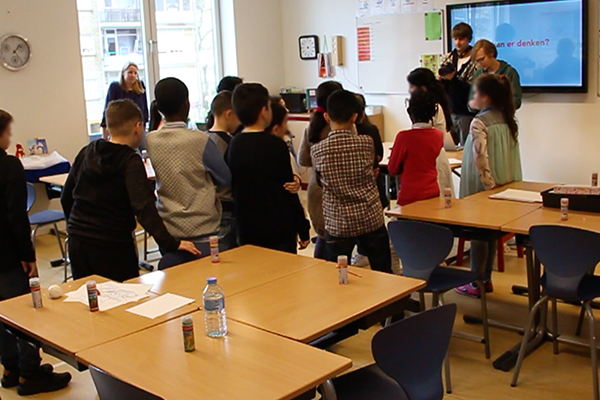
In observance of my graduation project I tried to define our relation with technology(objects). Can we empathize with machines as with humans? How will we interact with an object with is not of our expectation? In our daily lives, we find a lot of objects we adopted in order to extend our self. We can no longer imagine life without these objects. A chair is one of these objects we rely on in a daily frequency. This robotic chair is served to contribute for this research. Can we still trust this chair now it is adopting a position on its own? Are we tolerating these objects in our lives? These philosophical questions force us to think about the robot as a new entity. The main question here is how we react to such phenomena and how we will change our experience with these ‘non reliable objects’.